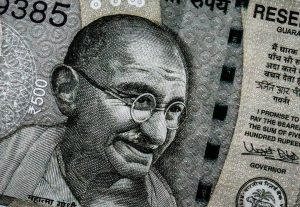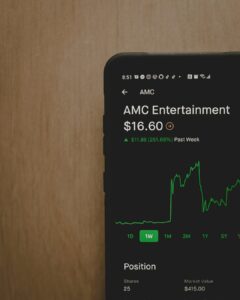Understanding the Basics of Forex 11: A Beginner’s Guide
Forex, also known as foreign exchange or FX, is the largest and most liquid financial market in the world. It allows individuals, businesses, and governments to exchange one currency for another. As a beginner, it is important to have a solid understanding of the basics of forex before diving into the world of currency trading. In this guide, we will cover the key concepts and terms that every beginner should know.
1. What is Forex?
Forex refers to the global market where currencies are bought and sold. It operates 24 hours a day, five days a week, allowing traders to take advantage of fluctuations in currency prices. Forex trading is decentralized, meaning there is no physical location where all trades take place. Instead, it is conducted electronically over-the-counter (OTC) through a network of banks, financial institutions, and individual traders.
2. Currency Pairs
In forex trading, currencies are always traded in pairs. The first currency in the pair is called the base currency, while the second currency is known as the quote currency. For example, in the EUR/USD pair, the euro is the base currency, and the US dollar is the quote currency. The exchange rate represents the value of one currency relative to another. Understanding how currency pairs work is essential for analyzing and predicting price movements in the forex market.
3. Bid and Ask Price
When trading forex, you will come across two prices: the bid price and the ask price. The bid price is the price at which traders are willing to sell the base currency, while the ask price is the price at which traders are willing to buy the base currency. The difference between the bid and ask price is known as the spread. The spread can vary depending on market conditions and liquidity.
4. Leverage and Margin
Leverage is a powerful tool in forex trading that allows traders to control larger positions with a smaller amount of capital. It is expressed as a ratio, such as 1:100 or 1:500, indicating the amount of capital required to open a position. For example, with a leverage of 1:100, you can control a position worth $100,000 with just $1,000 of your own capital. However, leverage can amplify both profits and losses, so it should be used with caution.
Margin is the amount of money required to maintain open positions. It is calculated based on the leverage ratio and the size of the position. Margin requirements vary between brokers and can change depending on market conditions. Traders must ensure they have enough margin to cover potential losses and avoid margin calls, which occur when the account equity falls below the required margin level.
5. Fundamental and Technical Analysis
Fundamental analysis involves analyzing economic indicators, news events, and geopolitical factors that can impact currency prices. Economic indicators, such as GDP growth, inflation rates, and interest rates, provide insights into the health and stability of a country’s economy. News events, such as central bank announcements or political developments, can also have a significant impact on currency prices.
Technical analysis, on the other hand, involves using charts, patterns, and mathematical indicators to analyze historical price data and predict future price movements. Traders use various tools and techniques, such as trend lines, support and resistance levels, and moving averages, to identify potential entry and exit points.
6. Risk Management
Risk management is crucial in forex trading to protect capital and minimize losses. Traders should never risk more than they can afford to lose and should always use stop-loss orders to limit potential losses. Stop-loss orders automatically close a position when the market reaches a predetermined level, preventing further losses.
Additionally, diversification is an essential risk management strategy. Instead of putting all your eggs in one basket, consider trading different currency pairs and asset classes to spread the risk. It is also advisable to start with a demo account to practice trading strategies and gain experience without risking real money.
In conclusion, understanding the basics of forex is essential for beginners looking to venture into currency trading. By grasping concepts such as currency pairs, bid and ask prices, leverage, margin, fundamental and technical analysis, and risk management, beginners can lay a solid foundation for their forex trading journey. Remember, forex trading involves risks, and it is crucial to educate yourself and seek professional advice before diving into the market.





